Determine the worth of Chinese coins by following three easy-to-follow steps. For clarity, this guide will not include the appraisal of Chinese bullion and commemorative coins.
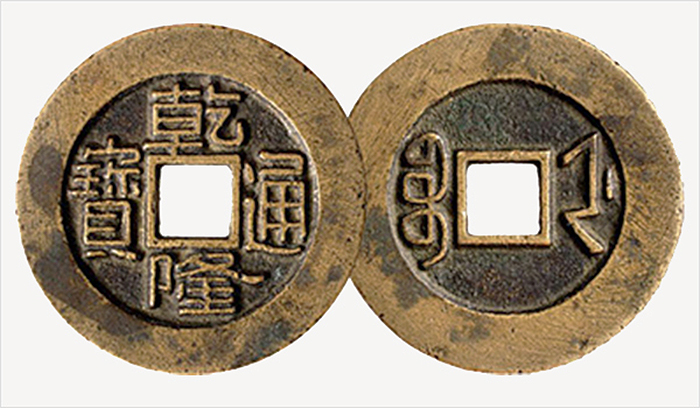
One of the most frequently-asked, yet seldom answered, questions about Chinese coins is “How much are my Chinese coins worth?”
Rampant counterfeiting of collectible coins, the thousands of coin types circulated in ancient and modern China and the lack of a comprehensive record of Chinese coins are among the reasons why appraising Chinese coins is difficult.
Valuating your Chinese coins is an arduous task but we’re going to streamline the process by pointing out the main elements that define the value of a Chinese coin. And with the assistance of the Internet, the task will even become easier.
A Chinese coin appraisal typically undergoes three steps: Identification, Evaluation and Pricing.
Identification is the categorizing of the coin by its physical appearance (legends, mint marks, etc.), dating the coin and attributing it to a place, dynasty or state. Evaluation is the process of checking the condition of the coin. Pricing refers to the step wherein a probable market price is set on the coin. Before we proceed with the actual appraisal, it is essential that you understand the three factors that shapes the value of Chinese coins – Condition, Rarity and Demand.
Condition refers to the actual state of the coin. It is defined by the coin’s grade, luster, amount of wear, make and overall appeal. Rarity is a measure of how many samples are in existence for a certain type of coin. Demand is the gauge of how sought after a coin is.
Identification
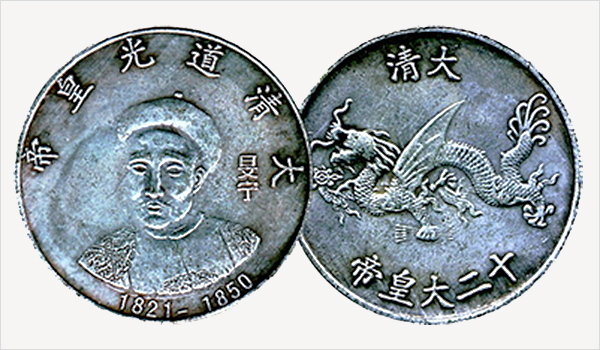
The first step in identifying the coin is to determine its age. We can divide Chinese coins into two categories – ancient and modern.
Coins from ancient China date back to the founding of the Chinese Empire. These coins were continually circulated in China until 1911. Most ancient coins are identified by a hole in the middle. These holed coins, also known as Chinese cash coins, are very cheap. In fact, 99% of these coins are priced at less than USD 10.
Chinese spade moneys and Chinese knife coins are other forms of ancient Chinese coinages that resemble spade and sword, respectively. These coins are worth around USD 30.
Modern Chinese are easily recognized by their similarities to European coins. The price of these newer coins ranges from a few dollars to some thousands of dollars depending on the coin’s rarity and condition.
Here’s the tricky part. There are thousands of Chinese coin types and it’s nearly impossible to identify Chinese coins without help. Out next step will require the aid of the best and the fastest resource there is – the Internet.
There are many numismatics communities in the internet. Some members of these communities are well-versed in Chinese coinages. With their help, identifying the coin should be easier.
Take some photos of both sides of your coins and post it on these online message boards. You will be surprised with how much details community members can provide about the identity of your coins.
Tips on getting the best response from online numismatic communities:
• Provide high-resolution and clear photos.
• Post your request under the correct section of the message board.
• Offer as many information about the coins as possible. Special marks, peculiarity, how & where you bought it, size and relative weight will help in the identification.
Does age affect the price of a Chinese coin? No. The large number of Chinese coins in the market is partly the cause. With many antique Chinese coins, it’s hard to find a rare coin. And take note that rarity affects a Chinese coin’s price.
Evaluation
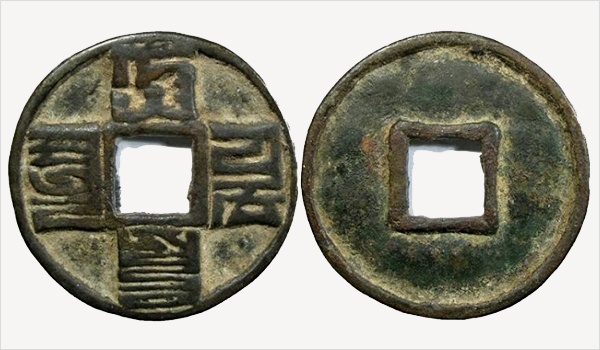
Now that you know the identity of your Chinese coin, it is time to check its condition.
How condition is set for a coin depends on the coin’s age. So we’re going to make use of the information collected from the Identification step.
An ancient Chinese coin is easier to evaluate because its condition is equivalent to its final aesthetic appeal. Clear calligraphy and minimal wear are two features of an appealing ancient Chinese coin.
Modern Chinese coins, however, are subject to the same coin grading principles like other modern coins. This means that they need to be graded accordingly.
Grading requires aptitude and skills in pointing out slight differences. Search the internet for photos of coins similar to the one that you have. These images will serve as a starting point for evaluating your coins.
If you found similar coin type with a corresponding “grade,” then it’s better. Otherwise, we’re going to assume that this “sample” is a “VF” specimen of the coin type.
Our next step is to compare your coin with the “sample” coin. If yours have sharper images, less wear or looks better, then your coin should be at least “VF.”
How coin grade affects the price of a modern Chinese coin? Take the Kuan Hsu Yuan Bao (5 cash copper coin) minted in Fujian Province as an example. A specimen with a “Fine” grade is valued at USD 25; a “Very Fine” sample is worth USD 38 while an “Extra Fine” is priced at around USD 60.
Pricing
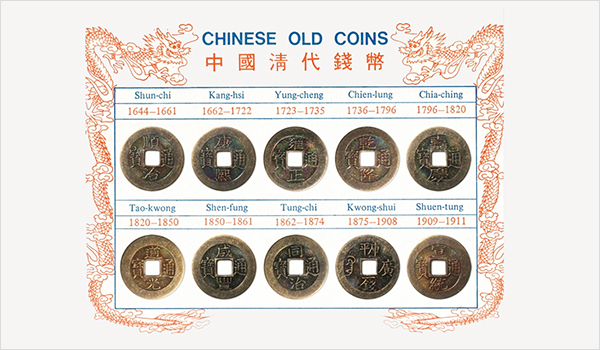
With the information gathered by the previous Identification and Evaluation steps, we can now proceed with setting an equivalent monetary value to the coins.
As we have done in the previous steps, we’re going to use the power of the Internet to check the current market value of your Chinese coins. Coin auction shops, eBay and online coin stores have a long list of different Chinese coins with their corresponding prices.
Take note of the “grade” or “condition” of the coin listed in these online shops as coin types of differing grade are valued differently.
Your coin may not be listed in these online shops. This is when you need to consult coin price guides. I recommend the Standard Catalog of World coins because it has the most updated listings of Chinese coins.
There are several versions of the book with specific period coverage. For example, one edition will lists all recorded coins from 1901-2000. These books are available in libraries and in bookshops.
It’s important to remember that the appraise value of a coin is only an opinion of the how much the coin is worth. The real value, or market value, of the coin is the price that someone is willing to pay for.
Finally, I will illustrate how condition, rarity and demand determine the price of a coin.
An excellent uncirculated silver pattern dollar from the Che-Kiang Province minted in 1897 was sold for USD 320,000. It is one of the first few coins that were made using European coin-making process. Pre-sale estimate put it value at USD 150,000 to USD 200,000.
The worth of this ultra-rare coin significantly increased because of the recent growth in the demand for Chinese collectibles. And as China becomes a world economic giant, interest in its rare coin market has grown and will continue to progress in the next years.





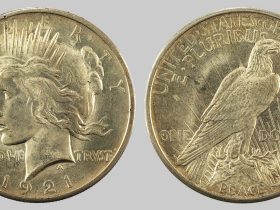
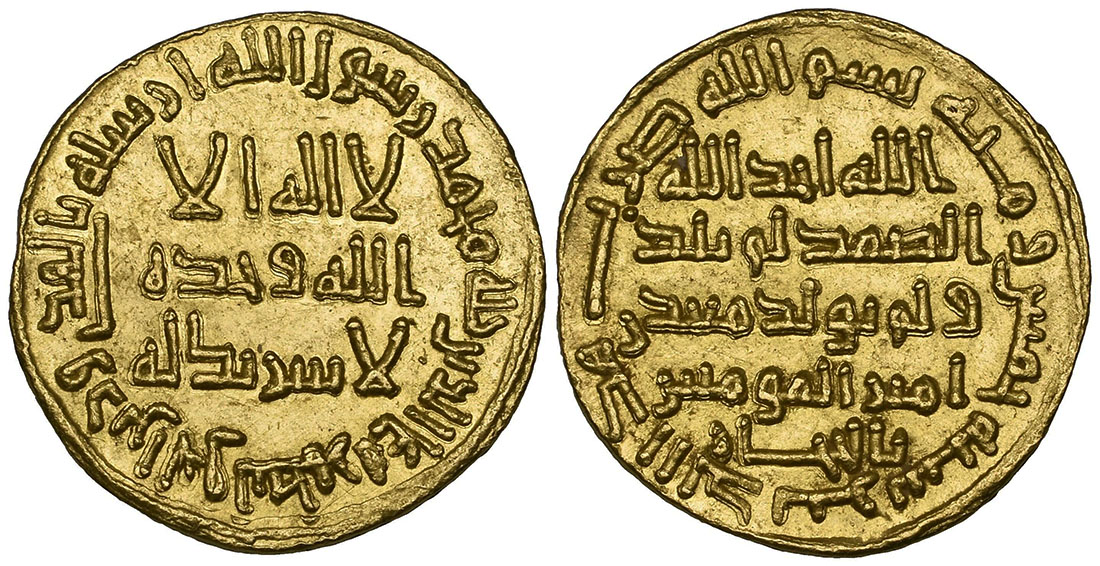

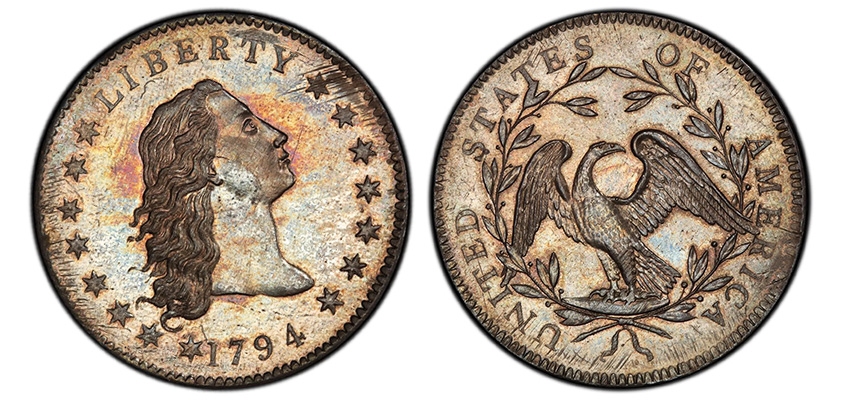

Leave a Reply